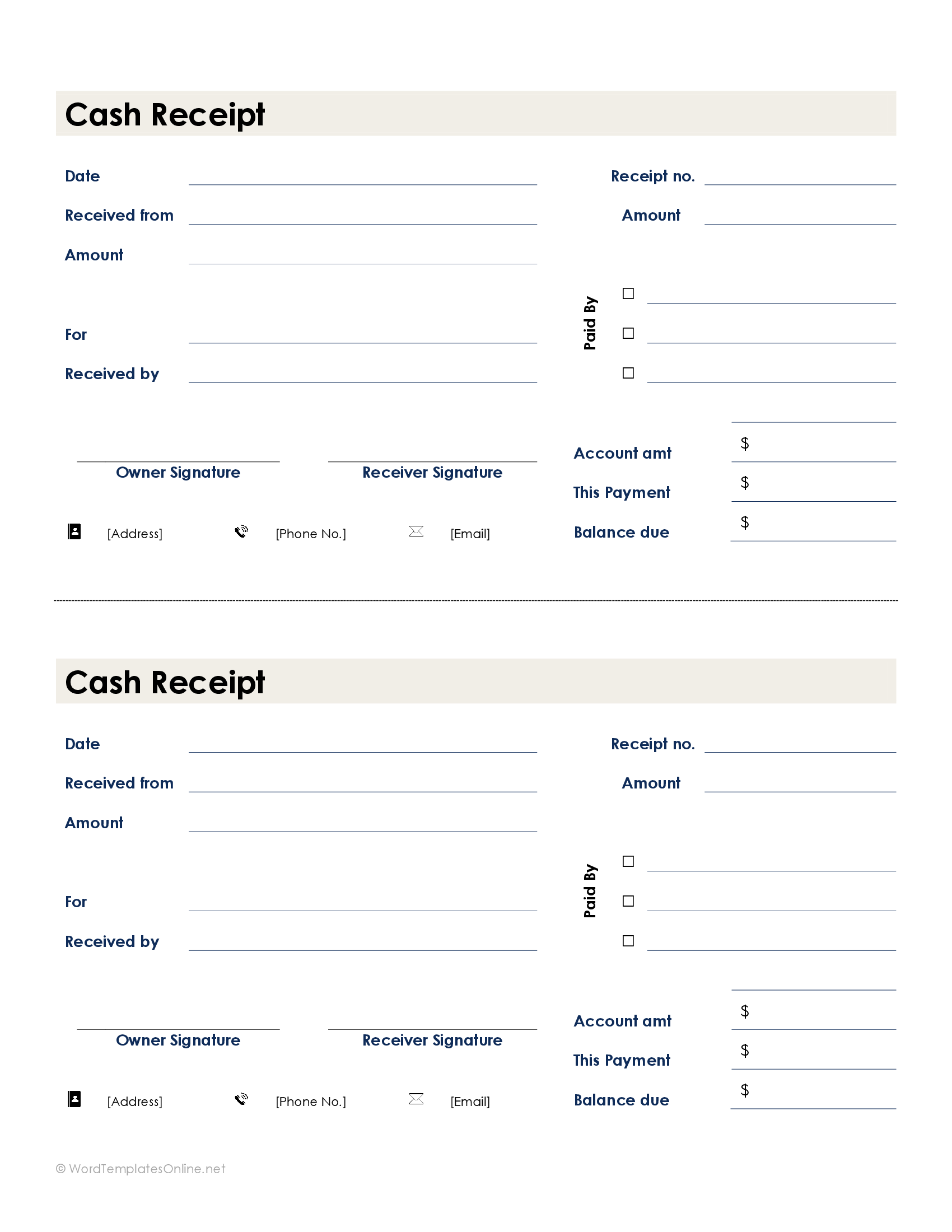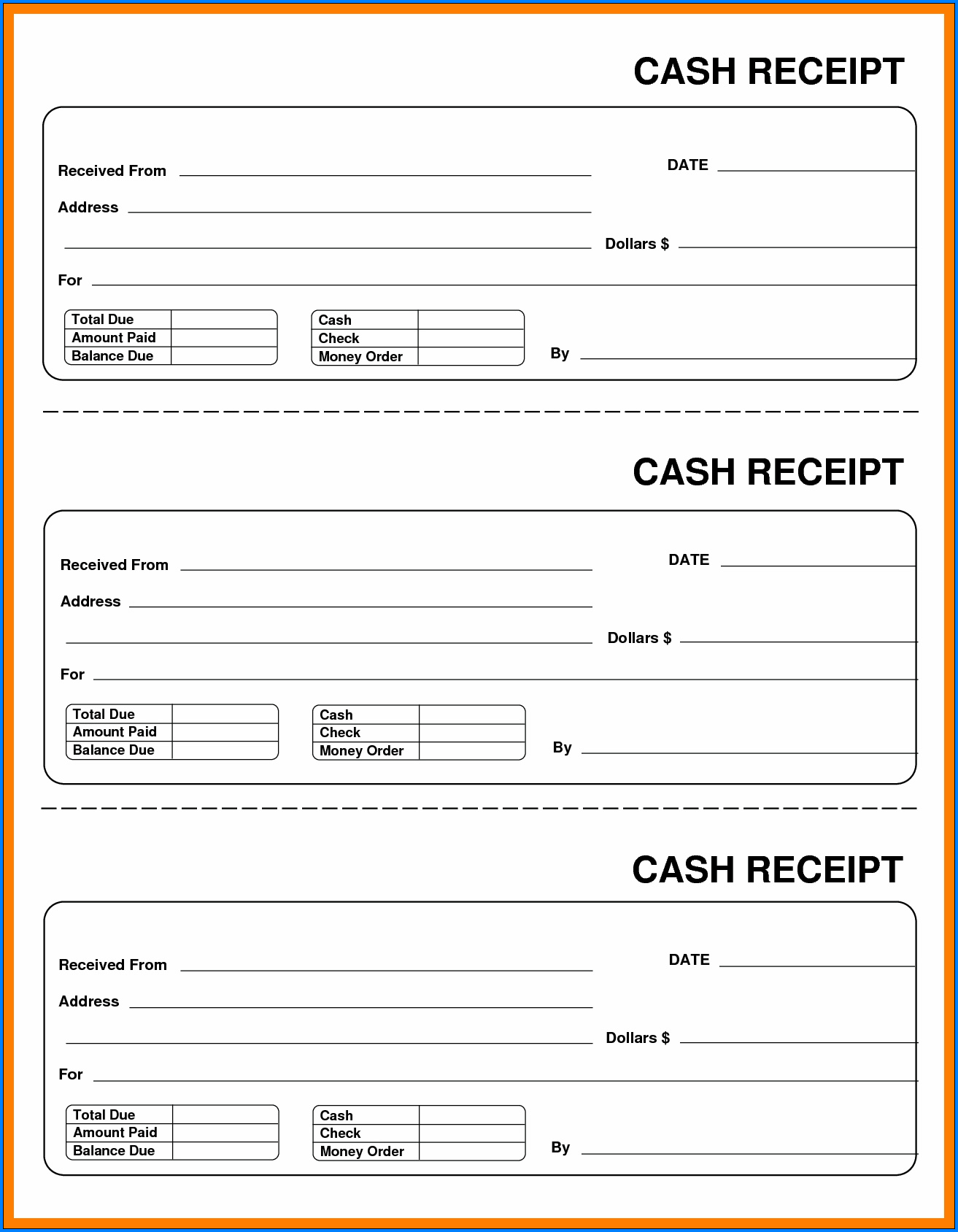
The business can use the additional column to operate as a discounts journal. This columns records details of discounts allowed on the cash receipts side of the cashbook and discounts received on the cash payments side of the cashbook. Both cash and credit sales of non-inventory or merchandise are recorded in the general journal. One of the journals is a cash receipts journal, a record of all of the cash that a business takes in.
Great! The Financial Professional Will Get Back To You Soon.
As they are posted, the account numbers are placed in the post reference column. The length of time you should keep a document depends on the action, expense, or event the document records. Generally, you must keep your records that support an item of income or deductions on a tax return until the period of limitations for that return runs out.
Journal Proof of Postings
A general journal is used to record unique journal entries that cannot be processed in a more efficient manner. For example, checks written, sales invoices issued, purchase invoices received, and others can be recorded in a computerized accounting system when the documents are processed. The balance in the cash receipts journal is regularly summarized into an aggregate amount and posted to the general ledger. At a minimum, the transactions in the journal should be posted to the general ledger at the end of each reporting period, though posting may be conducted on a daily basis.
Posting Cash Receipts Journal to Ledger Accounts
Using your sales receipts, record each cash transaction in your cash receipts journal. To ensure your books are accurate, you need to understand cash receipts accounting. Read on to get the inside scoop about managing and recording cash receipts in your small business. You calculate your cash receipts journal by totalling up your cash receipts from your accounts receivable account. As an accounting entry that records the receipt of money from a customer, a cash sales receipt is a debit.

In a cash receipts journal, a debit is posted to cash in the amount of money received. Therefore, a credit is needed for one or more other accounts that are affected by collecting cash. The cash receipts journal is an important tool to keep track of cash collected by a business. In this example, the cash receipts journal records the cash inflows received by the business during June. Each transaction is documented with its date, description, invoice number (if applicable), and the amount received in the cash account column.
- As with other journals, the cash receipts journal is posted in two stages.
- The two columns referred to in the name of this cashbook are the monetary amount of the cash receipt (Cash), and the monetary amount of the discount allowed (Discount) both highlighted in gray.
- All of the cash sales of inventory are recorded in the cash receipts journal and all non-inventory sales are recorded in the general journal.
- Thegeneral journalis the all-purpose journal that all transactions are recorded in.
- When looking into a specific cash receipt, a person would start with the general ledger before descending to the cash receipts log, where they might find a reference to the particular receipt.
Cash receipts accounting steps
Because accounting transactions always need to remain in balance, there must be an opposite transaction when the cash is posted. When cash is received, one of the other accounts – sales, accounts receivable, inventory – must also have a transaction listed. Purchase credit journal entry is recorded in the books of accounts of the company when the goods are purchased by the company on credit from the third party (vendor). Special journals (in the field of accounting) are specialized lists of financial transaction records which accountants call journal entries. In contrast to a general journal, each special journal records transactions of a specific type, such as sales or purchases. Cost of sales is also known as the cost of goods sold, and the two terms are used interchangeably.
The accountant would then use the reference number obtained from the journal to search through source materials and identify the specific receipt in question. If you plan on depositing cash payments, make sure your deposit slip amount matches your cash receipts journal. Store deposit receipts along with your other business receipts in case of any discrepancies.
It has a total record of all the cash collections during an accounting period. Credit sales are not recorded in this accounting journal because there isn’t any cash collected in those credit sales transactions. Cash sales work on the cash basis of accounting, and credit sales publication 504 divorced or separated individuals on the accrual basis of accounting. The information recorded in the cash receipt journal is used to make postings to the subsidiary ledgers and to relevant accounts in the general ledger. It is important to realize that the cash receipt journal is a book of prime entry.
When a piece of merchandise or inventory is sold on credit, two business transactions need to be record. First, the accounts receivable account must increase by the amount of the sale and the revenue account must increase by the same amount. Second, the inventory has to be removed from the inventory account and the cost of the inventory needs to be recorded. So a typical sales journal entry debits the accounts receivable account for the sale price and credits revenue account for the sales price. When a retailer sells merchandise to a customer and it collects cash, this transaction is recorded in the cash receipts journal. A single disadvantage of the cash receipts journal is that it only considers the cash basis of accounting.
The most common examples are the single, two and three column cashbooks, however, it is possible to have multi-column cash books, such as the petty cashbook, which can be used to provide further analysis of receipts and payments. It should be noted that when the cashbook is used as a subsidiary ledger the discount column is still not part of the double entry. The column simply lists the discounts as with any other book of prime entry. Subsequently at the end of the accounting period, the business posts the total of the column to the general ledger discount allowed or received account as appropriate. You typically have many cash receipts during the day for toy, books and candy. You keep track of your sales in your cash register every day and then manually post the day’s transactions at the end of the day.